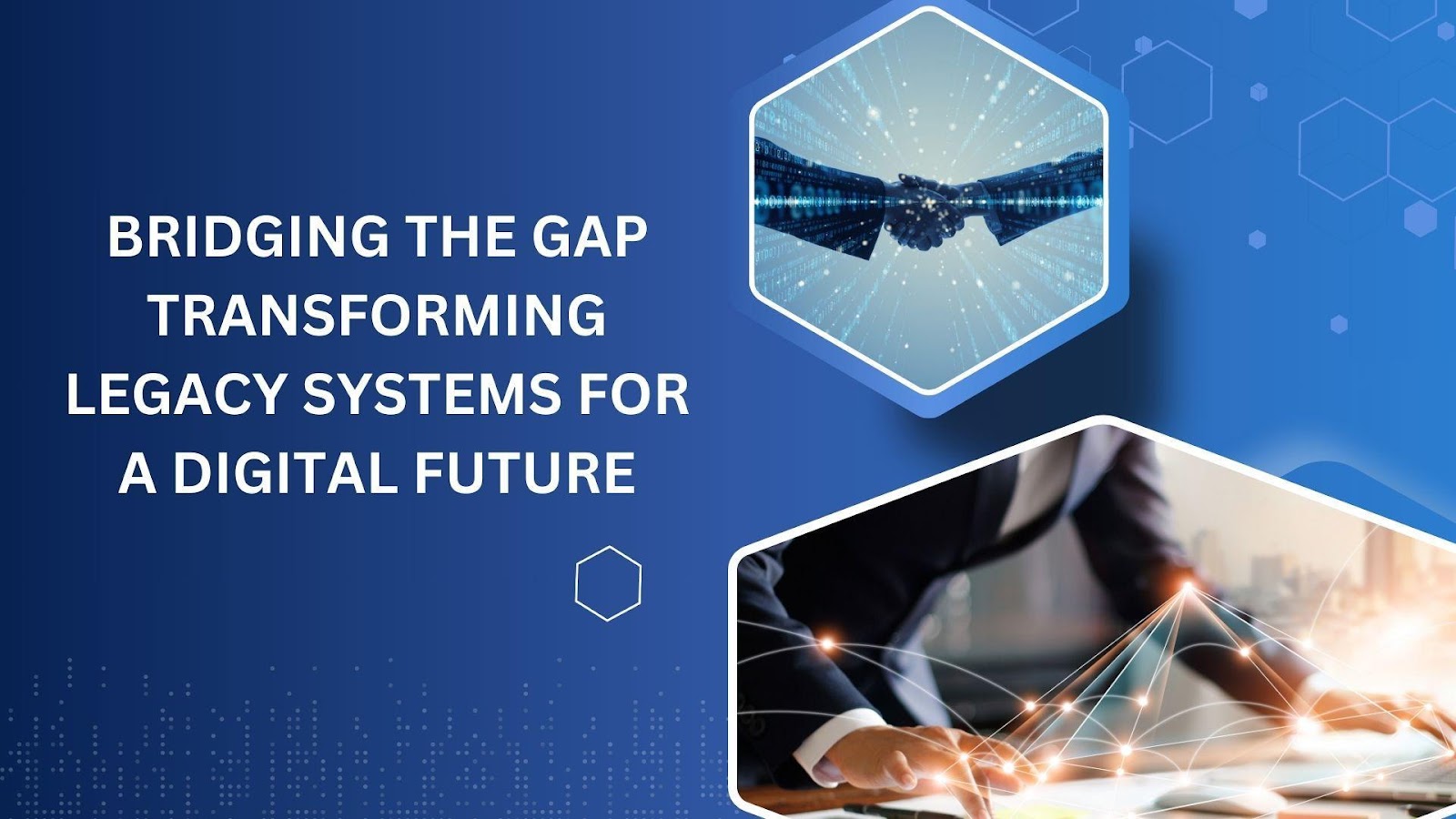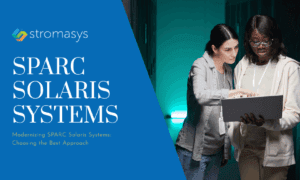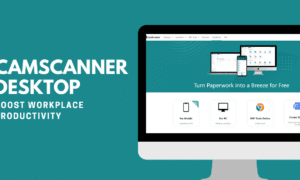In this modern era, innovation in enterprise technology has always been about evolution, and few challenges are as critical as integrating legacy systems with modern revenue management platforms. Vikas Reddy Vallakonda, a technology researcher and expert in enterprise systems, explores this crucial transition in his latest work, offering groundbreaking strategies that help businesses optimize their digital transformation efforts.
Understanding the Legacy System Challenge
Legacy systems are the backbone of many enterprises, but their age and rigidity pose significant hurdles to modernization. Despite the rise of cloud computing and API-driven ecosystems, nearly 77% of enterprises still depend on legacy infrastructure for core operations. These systems, often built on monolithic architectures, struggle with scalability, data synchronization, and security vulnerabilities. Addressing these limitations requires a strategic approach that blends modern architecture with structured integration methodologies.
API-Led Integration: A Smarter Approach
One of the key innovations in system integration is the use of API gateway patterns. These act as intermediaries between legacy systems and new platforms, allowing for seamless communication while reducing complexity. Companies adopting API-led strategies have reported a 47% reduction in integration complexity and a 68% boost in system response times. This pattern not only enhances security compliance but also minimizes maintenance overhead, making integration efforts more efficient and scalable.
Event-Driven Architecture: A Real-Time Solution
Modern businesses operate in real-time, and traditional batch processing methods fall short in delivering immediate insights. Event-driven architecture (EDA) allows systems to react to business events as they happen, significantly reducing system coupling by 82% and improving scalability by a factor of 3.5. This shift enables enterprises to process transactions faster, enhance operational efficiency, and reduce downtime by 64%, ensuring business continuity.
Data Mapping: Ensuring Seamless Communication
Data integration remains one of the most challenging aspects of modernizing legacy systems. A well-structured data mapping framework ensures that legacy fields are correctly translated into modern database structures. By implementing robust mapping strategies, companies can maintain data integrity with quality scores above 98% while achieving real-time anomaly detection. With this approach, data transformation errors affecting up to 23% of transactions can be significantly minimized.
Optimizing Performance with Multi-Level Caching
System responsiveness plays a crucial role in ensuring efficient operations. Multi-level caching strategies have been instrumental in reducing database load by 73% while cutting operational costs by 42%. Implementing distributed caching layers can enhance response times by up to 287%, making it an essential tool for enterprises looking to optimize performance while maintaining system reliability.
Enhancing Security with Pattern-Based Architectures
With increased connectivity comes greater security risks. Implementing pattern-based security architectures helps mitigate vulnerabilities by enabling real-time threat detection and response. Advanced authentication mechanisms, such as OAuth2, reduce credential-based attacks by 95%, ensuring that user data remains protected while maintaining authentication speeds under 250 milliseconds. Moreover, adaptive security models enhance protection by leveraging behavioral analysis, reducing unauthorized access attempts by 99.8%.
Automated Monitoring for Continuous Optimization
Performance monitoring has evolved beyond traditional logging. Enterprises now leverage real-time monitoring frameworks to track key system metrics and business KPIs. Systems that maintain 99th percentile response times under 250ms experience 85% fewer performance-related incidents. Additionally, automated anomaly detection mechanisms allow enterprises to resolve potential issues 76% faster than conventional monitoring approaches, ensuring seamless operations.
Future-Proofing Enterprises through Integration
The future of enterprise technology lies in the ability to seamlessly merge legacy infrastructure with cutting-edge solutions. By embracing structured integration methodologies, companies can achieve a 23% improvement in revenue optimization and a 31% reduction in operational costs. Scalable architectures, real-time data management, and automated security frameworks will be the pillars of sustainable digital transformation.
In conclusion, Vikas Reddy Vallakonda’s research sheds light on the technical innovations required to modernize legacy systems effectively. His insights provide enterprises with a roadmap to bridge the gap between past and future, ensuring resilience, security, and efficiency in an increasingly digital world. By leveraging these strategies, businesses can unlock new growth opportunities and gain a competitive edge in their respective industries. The integration of legacy systems with modern solutions is no longer just an option it is a necessity for long-term success.



































